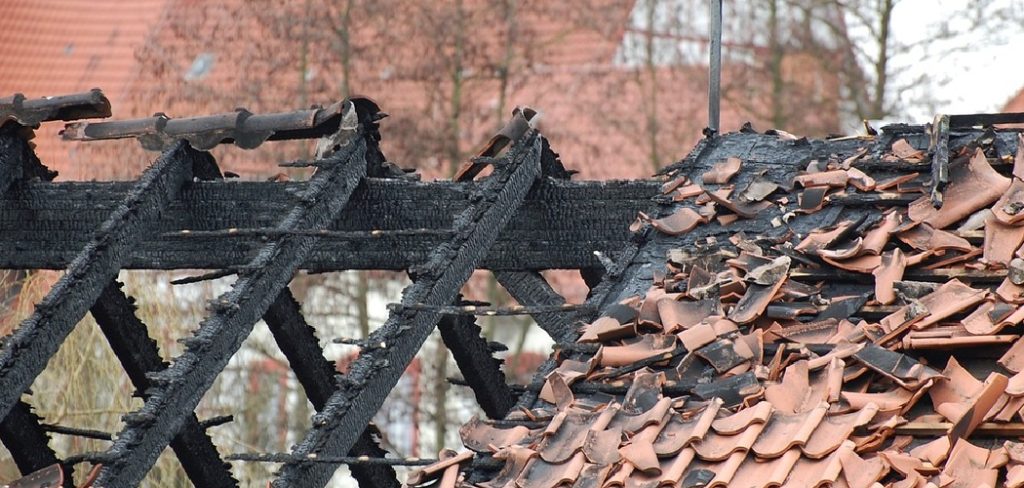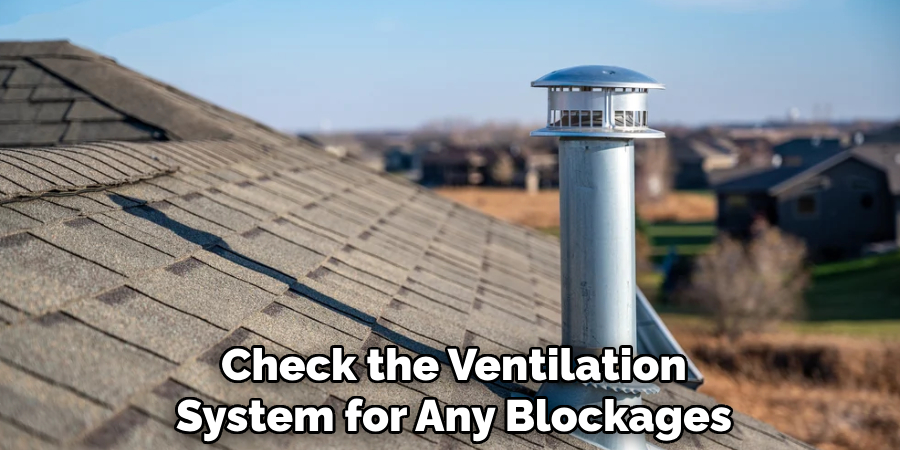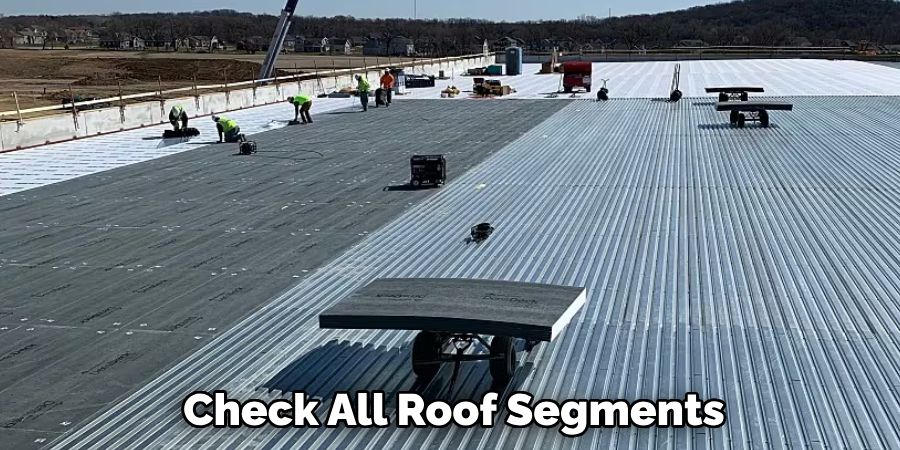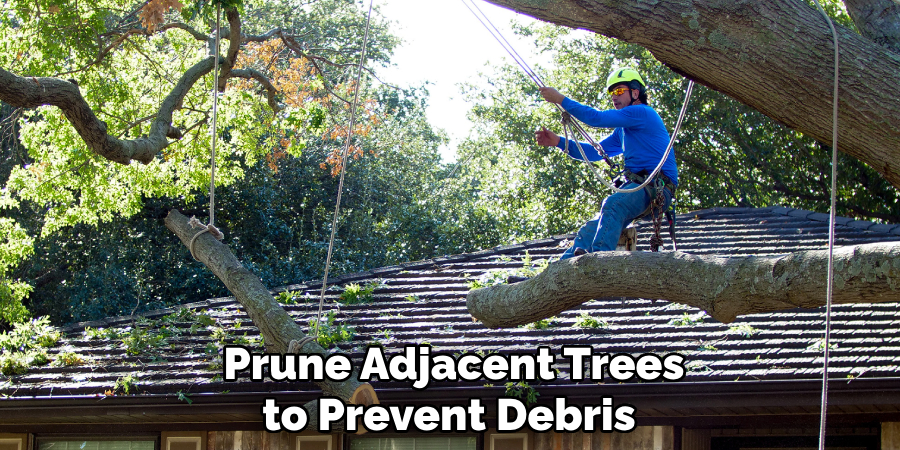Are you worried about your roof collapsing? A collapsed roof is a serious issue that can cause extensive damage to your home and put you and your family at risk.
A collapsed roof can pose serious safety hazards and cause extensive property damage, necessitating immediate action for repairs. Whether the collapse is due to structural weaknesses, severe weather conditions, or accumulated debris, understanding the steps involved in addressing the issue is crucial. This guide will walk you through the essential procedures to safely and effectively repair a collapsed roof. We will cover important aspects such as assessing the damage, planning the repair, securing permits, and selecting the right materials and contractors.

By following these guidelines on how to fix a collapsed roof, you can ensure that your roof is restored to functionality and its original integrity, providing you peace of mind and long-lasting protection for your home.
What Will You Need?
Before you begin, it is important to gather all the necessary tools and materials for the repair. This will save you time and prevent delays during the process. Some of the key items you will need include:
- Ladder or scaffolding
- Protective gear (gloves, goggles, etc.)
- Hammer, nails, and screws
- Pry bar or crowbar
- Saw or reciprocating saw
- Plywood sheets
- Roofing materials (shingles, tar paper, etc.)
- Caulking gun and sealant
It is also crucial to thoroughly understand your roof’s design and structure. This will help you identify potential weak points and plan a suitable repair approach.
10 Easy Steps on How to Fix a Collapsed Roof
Step 1. Ensure Safety First:
Before you embark upon any repairs, ensure that the affected area is safe to access. Wear appropriate protective gear including gloves and goggles, and use a sturdy ladder or scaffolding to reach the collapsed area without risking personal safety. Evaluate the stability of the surrounding structure to prevent any additional accidents during the repair process. If necessary, seek assistance from a structural engineer to assess whether temporary supports are needed to stabilize the rest of the roof.
Step 2. Assess the Damage:
Carefully evaluate the extent of the damage to determine which parts of the roof need repair or replacement. Look for broken or compromised structural elements like rafters, trusses, and beams. Check for any additional issues, such as leaks or water damage, that may have contributed to the collapse. Document your findings with photographs and detailed notes to help you plan the repair strategy and communicate with contractors or insurance companies if necessary. This assessment will guide your choices in materials and the scope of work needed to restore your roof’s integrity.

Step 3. Remove Debris:
Once the assessment is complete and you clearly understand the damage, begin by clearing away any debris or damaged materials from the collapsed roof area. This includes removing broken shingles, plywood, or any other roofing materials that may have fallen during the collapse. Use a pry bar or crowbar to carefully detach these materials without causing additional damage to any remaining structures. Proper debris disposal will help maintain a safe working environment and clear space for the repair work ahead. Make sure to have a designated area for temporary storage or disposal of debris to avoid clutter and potential hazards.
Step 4. Reinforce the Structure:
After clearing away debris, it’s essential to reinforce the remaining structure to prevent further collapse. This step is critical for ensuring the safety and success of the repair process. Use temporary supports such as braces or jack posts to stabilize the weakened areas. If any rafters, trusses, or beams are damaged beyond repair, they must be replaced entirely. Carefully measure and cut new pieces of wood that match the dimensions of the original structural elements. Secure them in place using nails and screws, ensuring they are correctly aligned and connected to the existing framework. Reinforcement stabilizes the structure and provides a solid foundation for the subsequent repair steps.
Step 5. Repair or Replace Roofing Materials:
With the structure stabilized, the next step involves repairing or replacing the damaged roofing materials during the collapse. Start by installing new plywood sheets to serve as a base for the roofing layers. Ensure that they are securely fastened to the reinforced structural elements. Once the plywood is in place, lay the tar paper or underlayment to provide an additional layer of water resistance. After the underlayment, begin installing the shingles or other roofing materials of your choice, starting from the bottom edge of the roof and working your way upward.
Ensure each shingle layer overlaps the previous one to prevent water penetration. Use nails or screws designed for roofing applications to secure the materials. Properly installing these materials is essential to restore the roof’s waterproofing capabilities and aesthetic appearance.
Step 6. Address Insulation and Ventilation:
After repairing the roof’s structural and surface elements, inspecting and addressing the insulation and ventilation systems within the roof space is essential. Proper insulation is vital for energy efficiency and to prevent heat loss, which can lead to increased utility bills and further damage in the future. Ensure that insulation materials are dry, intact, and adequately covering all areas. If any insulation is wet or damaged from the roof collapse, replace it with new insulation to enhance thermal performance.

Additionally, check the ventilation system for any blockages or damages caused by the collapse. Adequate ventilation prevents moisture buildup and condensation within the roof structure. Clear any obstructions and repair or replace damaged vents to ensure a steady flow of air, which will help prolong the lifespan of your roof and maintain a healthy indoor environment.
Step 7. Seal and Weatherproof:
Once the roofing materials, insulation, and ventilation are adequately addressed, it is essential to seal and weatherproof the repaired roof area to protect it from the elements. Use a high-quality caulking gun and sealant to seal joints, seams, and around roof fixtures such as vents and chimneys. This step ensures the roof is watertight and prevents future leaks that could cause damage. Pay attention to detailed or intricate areas where water might seep in. Additionally, consider applying a weatherproof coating to the entire roof to enhance its durability against harsh weather conditions. Weatherproofing not only extends the lifespan of your roof but also contributes to the overall structural integrity of your home.
Step 8. Conduct a Final Inspection:
After completing all repair and reinforcement tasks, conducting a thorough final inspection of the restored roof is imperative. This step ensures that every repair element has been properly executed and that the roof is safe, secure, and functioning as intended. Check all roof segments, including the structural components, roofing materials, insulation, ventilation, and weatherproofing elements. Look for any signs of incomplete work, overlooked areas, or potential future issues such as loose shingles or insufficient sealant applications. Document your inspection with photographs and notes, which can be helpful for future reference or to validate the quality of work if you are working with contractors.

Step 9. Clean Up the Worksite:
Once all repairs and inspections are completed, it’s essential to clean up the worksite to finalize the project. Remove any leftover materials, tools, and protective equipment from the area. Properly dispose of any waste and debris, following local regulations for construction waste disposal. Clean up any dust, dirt, or residue left on the surrounding area of the roof or the ground. Ensure all tools are securely stored and any temporary protective measures, like tarps or covers, are removed.
Maintaining a clean and organized worksite provides a sense of completion and professionalism and ensures the safety of those who will access the restored area in the future. A thorough cleanup marks the successful conclusion of the roof repair process and restores the aesthetic appeal of your property.
Step 10. Educate the Homeowner:
After completing the roof repair project, educating the homeowner on maintenance and care is essential for prolonging the roof’s lifespan. Provide them with a maintenance schedule that includes regular roof inspections, particularly after severe weather events. Discuss the signs of potential issues, such as missing shingles, leaks, or blocked ventilation, and advise on when to seek professional assistance. Encourage them to keep gutters clear and prune adjacent trees to prevent debris from accumulating on the roof. Sharing knowledge about proactive care and attention can help homeowners safeguard their investments and reduce the likelihood of future repairs.

Following these steps can successfully repair and restore a collapsed roof. Remember to prioritize safety, seek professional assistance when needed, and maintain open communication with the homeowner throughout the process.
Conclusion
In summary, how to fix a collapsed roof is a complex process that requires careful planning, precision, and attention to detail. It begins with a thorough assessment to identify the extent of the damage and determine the necessary materials and tools.
It is essential to prioritize safety throughout the project, whether by wearing protective gear or securing the work area from potential hazards. Each step, from repairing structural elements to inspecting insulation and ventilation, contributes to restoring the roof’s functionality and durability. Proper sealing and weatherproofing ensure long-term protection against the elements, while a final inspection confirms the quality of the work. Additionally, educating the homeowner on routine maintenance and early signs of damage helps to prolong the roof’s lifespan and prevent future issues.
By diligently following these steps and maintaining open communication with the homeowner, the roof repair process can be both efficient and effective, ensuring the safety and comfort of the home.
